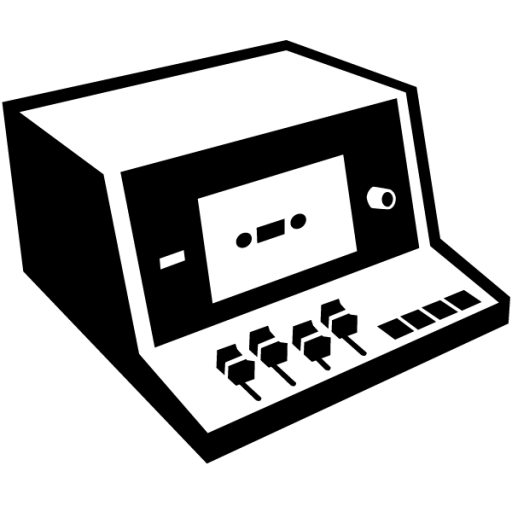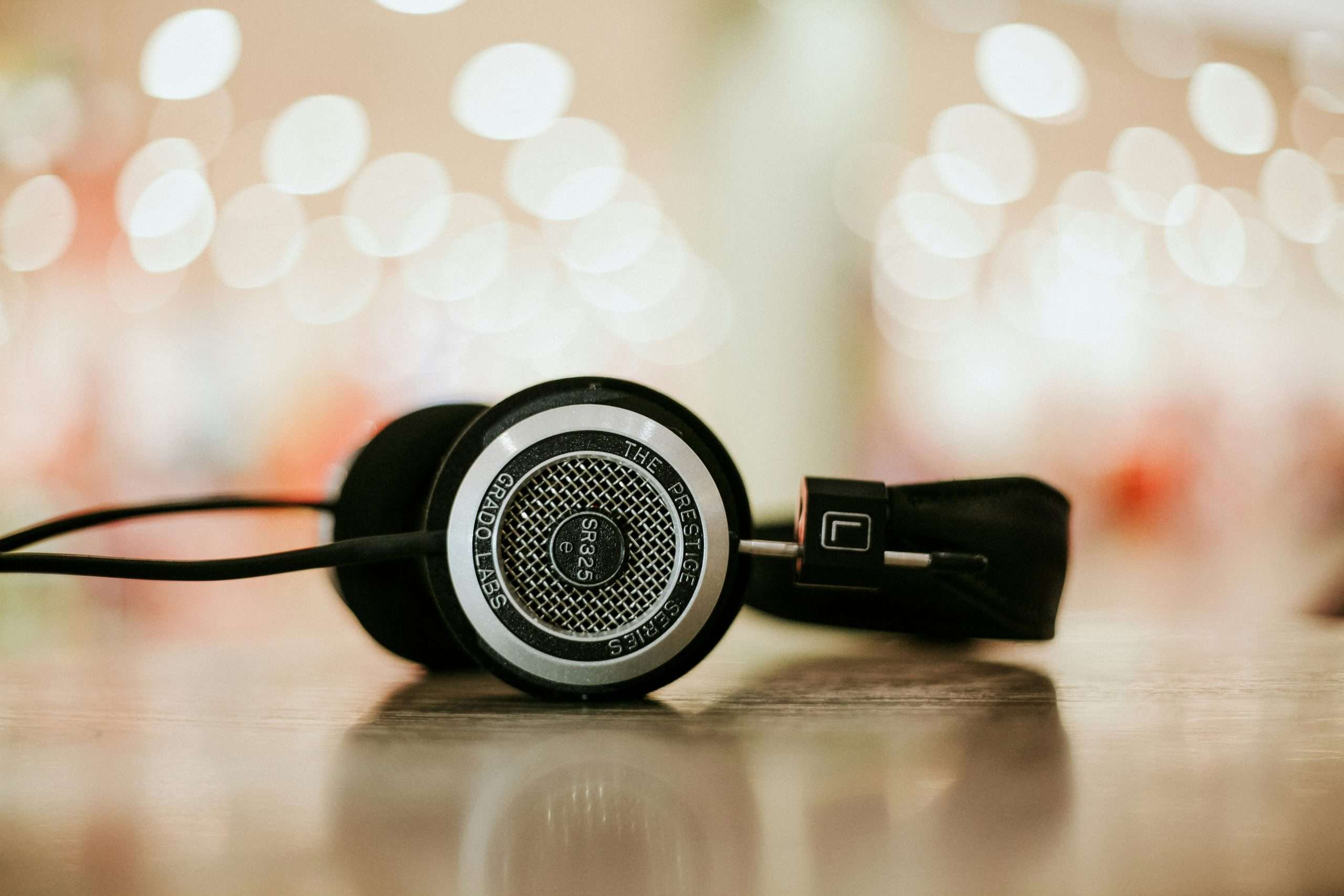AI is changing podcasting faster than most cultural orgs can book a studio. (You don’t even need a studio anymore.)
The winners won’t be the ones with shinier gear.
They’ll be the teams who use AI to help them tell better stories, not take shortcuts.
I’ve been producing podcasts since before the term was coined. As soon as we started live streaming Radio Magnetic in 2001, we started building an on demand audio archive. We published our first proper podcast in 2004. Since then I’ve produced hundreds of hours of content and watched the medium rise, fall and rise again. Now it’s racing ahead, turbo charged by AI technologies and workflows. And you are perfectly poised to take advantage of it.
What’s happening now with AI Podcast Production
- Transcripts are a basic requirement. Apple Podcasts now auto‑generates transcripts in multiple languages, which boosts accessibility, search-ability and skim‑ability. And it quietly changes how people “read” audio (for those that do). There really isn’t any excuse for not integrating transcripts into your feed. If you don’t, you’re already behind.
- Editing is getting smarter, not just faster. Tools like Descript and Adobe Podcast let you fix mistakes by editing text and clean up dodgy recordings to near‑studio quality. It’s almost too good, we sometimes tone it down and reintroduce noise for authenticity. But the noise reducation is a game-changer. It’s great for small teams and field work, but it is not a replacement for an editor’s judgement.
- Speech‑to‑text has gone mainstream. Open‑source Whisper unlocked cheap, decent multilingual transcription (check out my friends at Gooey.AI for some inspiring tech). It’s powerful and makes communication more accessible than ever before. But AI transcription is not infallible. Human review still matters.
- Translation and synthetic voices are opening new audiences. Spotify’s pilot for cross‑language AI voice translation hints at global reach for niche shows without re‑recording. This give us a glimpse of scale for cultural podcasts. It’s exciting, but as with all AI advances, you have to tread carefully.
What’s coming next (near term)
- Real‑time translation and summarisation in‑app so listeners can sample, skim and share faster. Platform signals are already pointing that way.
- Interactive audio that responds to questions, blends archive assets and adapts to context. This is in line with BBC R&D’s work on intelligent and interactive media. We’ve also seen an example of this in Notebook LM‘s “live” audio overviews (which I love).
- Museum‑grade conversational exhibits and cultural storytelling at scale. See the USC Shoah Foundation’s interactive survivor testimonies via Dimensions in Testimony as a marker for dialogue‑driven experiences.
Why does this matter for arts, music and heritage
Your stories are rich with place, provenance and people. AI can help you capture, shape and surface them. But it could also tempt you to flatten nuance. Don’t. The opportunity in AI podcast production is to increase liveness (the sense you’re there) by removing friction in production and discovery, while keeping integrity at the core. Integrity, authenticity, honesty and candour matter more than ever. Especially the latter because it can mark you out as being truly human.
Lessons to take forward
- Design for how people consume now: publish with clean show notes, proper chaptering and transcripts that double as accessible copy, pull‑quotes and captions. Apple’s move means audiences will expect this everywhere. If you get stuck on how to do this, we can help.
- Automate the grunt work, not the judgement: use AI for rough cuts, noise repair and assembly. Use your ears and brain for pacing, tone and truth. Descript and Adobe (Podcast, Audition, Premiere) are brilliant assistants. They are not auteurs.
- Plan global from day one: your could pilot multilingual trailers or episode highlights via AI voice translation where you have rights and consent. Start with “evergreen” pieces that won’t date and then measure completion/audience retention before you scale up your production.
- Lock down rights and consent: voice cloning without explicit permission is wrong. It’s also a reputational and legal car crash. In Europe, the EU AI Act brings disclosure duties for synthetic media; in the UK, performers’ groups like Equity are sharpening guidance on AI and voice rights. Build consent, disclosure and archiving into your workflows.
- Treat transcripts as creative assets: edit them into newsletters, web features and gallery labels. They improve discovery, learning outcomes and accessibility, especially for visitors who prefer to skim or read first.
- Prototype interactives with purpose: if you’re exploring conversational exhibits or living archives, start with a clear editorial policy, guardrails for bias and a plan for ongoing curation. Look at museum‑sector pilots for inspiration and pitfalls.
Practical takeaways for your next production cycle
- Pre‑production: write for audio and transcript. Outline the headline, hook and three memorable beats your audience can quote back.
- Record: prioritise proximity and room tone over fancy mics. Good capture makes AI tools shine not smoke.
- Post: run a light enhance/clean‑up pass, then text‑based edit for speed, then listen through end‑to‑end before publish.
- Publish: post transcripts, chapters, a 60–90s subtitled teaser and 3 pull‑quotes (we can teach you how to do this using some excellent AI tools).
- Reach: test one translated clip or summary per series for a language you can serve.
- Governance: add a one‑liner in your credits about any AI assistance and a link to your data and consent policy. EU rules are moving toward clearer labelling for synthetic media. It’s better to be ahead and it’s the right thing to do.
AI should widen access, not drown out voices. In culture, authenticity is what sets you apart. Use the machines to bring your audience closer, not pretend to be someone you’re not.
If this strikes a chord, let’s talk. I’m Dougal Perman at Inner Ear in Glasgow. We help cultural organisations turn complex stories into live feeling digital experiences that can travel the world. Give me a shout and we’ll sketch out what this could look like for your project.

